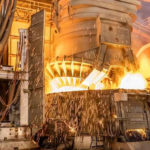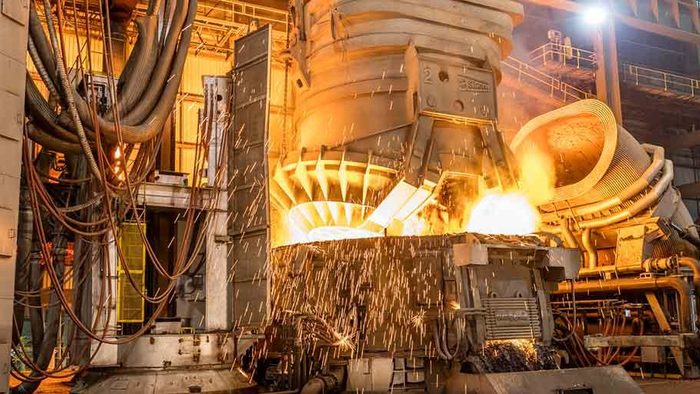Chinese steel is in serious crisis


Everyone thought that China's steel supply market, ravaged by COVID-19, had taken the path of recovery. However, many other obstacles stand in the way now, both in the long and short term. Power outages and weak demand caused by the construction crisis in China are hampering growth. The cascading effect has hit the supply of critical raw materials such as coking coal and iron ore. An entire supply chain has entered into crisis.
Like India, infrastructure growth plays a pivotal role in China's steel consumption. However, due to the post-COVID-19 slowdown and the worsening housing crisis, the steel sector has not recovered as expected.
The prognosis is negative, as can be seen from this statement by Li Ganpo , founder and president of Hebei Jingye Steel Group. According to reports from Ganpo at a private company meeting a few weeks ago, nearly a third of Chinese steel mills could go bankrupt . This would lead to a massive disruption of the steel supply chain.
Many in China have lost hope of a turnaround in the near future. This pessimism is evident in the numerous reports coming from China. The housing crisis has not only affected property developers and steelmakers, but also banks. Once a major producer and consumer of steel and related products, China's steel mills regularly produced over a billion tons. This accounts for about half of all global production. Now this seems like a distant memory, with the crash affecting iron ore prices and even supply mines in Brazil and Australia.
Iron ore, Australia's main export commodity, is under threat from the supply chain due to the Chinese slowdown. Experts predict that prices will drop by 50% in 2023 due to the deepening housing crisis in China. Consumers aren't buying new homes or defaulting on home loans. China remains the largest buyer of Australian iron ore. Prices rose last week after China eased its rules, but that was only a brief flare-up that died down.
The People's Bank of China has announced some measures, such as reducing the primary rate of five-year mortgages and the primary rate of one-year loans. But many believe it was too little too late and that conditions will not improve in 2022 and probably not even in 2023. Steel mills were once at the forefront of China's economic expansion. But now conditions have deteriorated to the point that many are on the verge of closing due to lack of buyers.
To complicate matters, a heat wave in many parts of China has led to electricity rationing. This has recently led to the temporary closure of several Chinese steel mills. About 20 steel mills in the southwestern regions of China have suspended operations.
The government has not yet sent any signals of major bailouts. Unlike the 2015 real estate crisis, President XI Jinping now appears reluctant to launch a financial stimulus package that could revive infrastructure spending and indirectly revive the steel and minerals sectors. This leaves room for rampant pessimism and the thought that many of these companies will soon be out of business.

Thanks to our Telegram channel you can stay updated on the publication of new articles of Economic Scenarios.
The article Chinese steel is in serious crisis comes from ScenariEconomici.it .
This is a machine translation of a post published on Scenari Economici at the URL https://scenarieconomici.it/lacciaio-cinese-e-in-grave-crisi/ on Sun, 28 Aug 2022 18:47:57 +0000.
